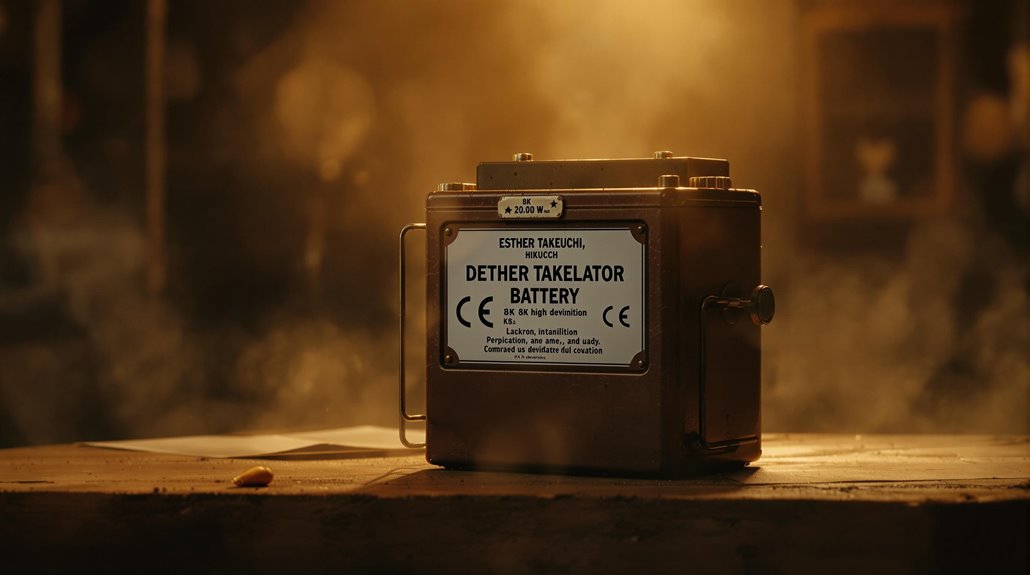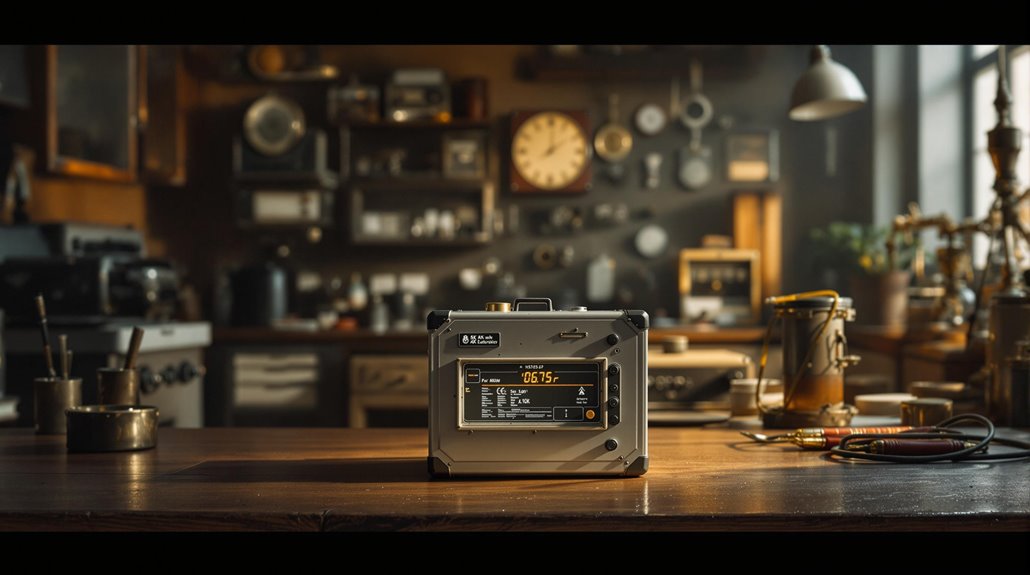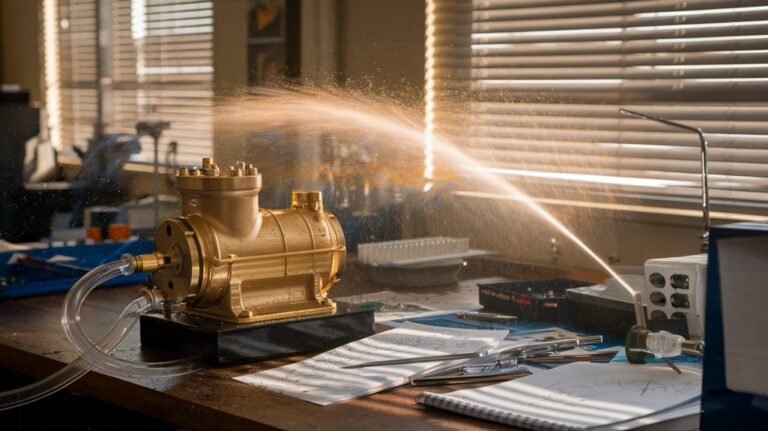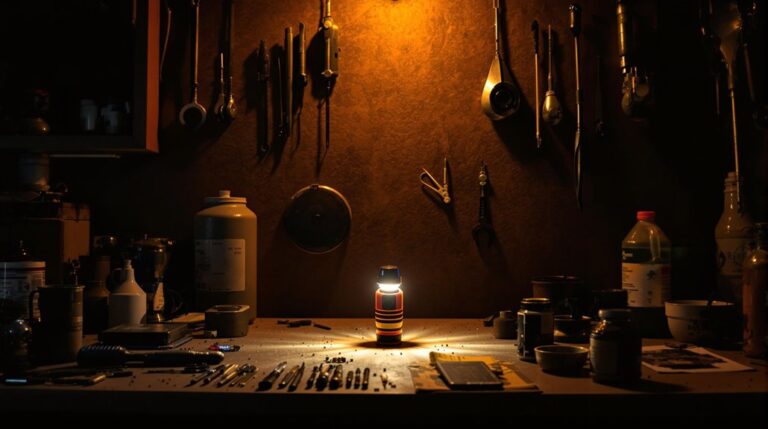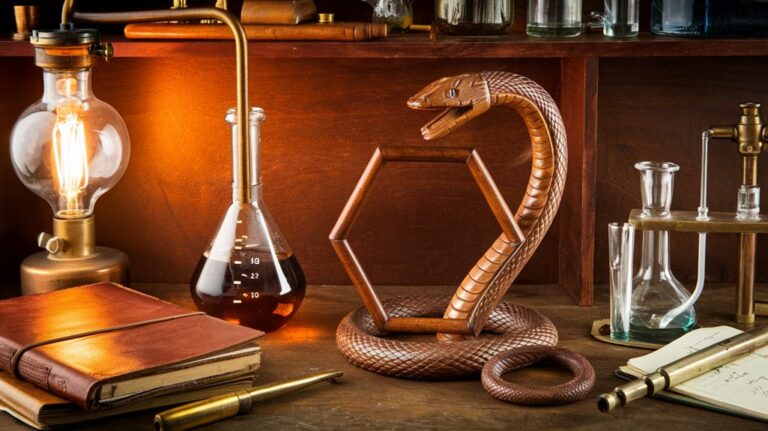Esther Takeuchi’s Defibrillator Battery: How a Tiny Cell Keeps Hearts Alive
You've probably never thought about the battery that powers a defibrillator, but it's keeping millions of hearts beating right now. When Esther Takeuchi developed the lithium/silver vanadium oxide battery in the 1980s, she didn't just create another power source – she revolutionized cardiac care. Her tiny but mighty invention has transformed a once-bulky device into a compact lifesaver that can shock a failing heart back to rhythm for over a decade. Let's explore how this small wonder works its magic.
The Birth of a Life-Saving Innovation
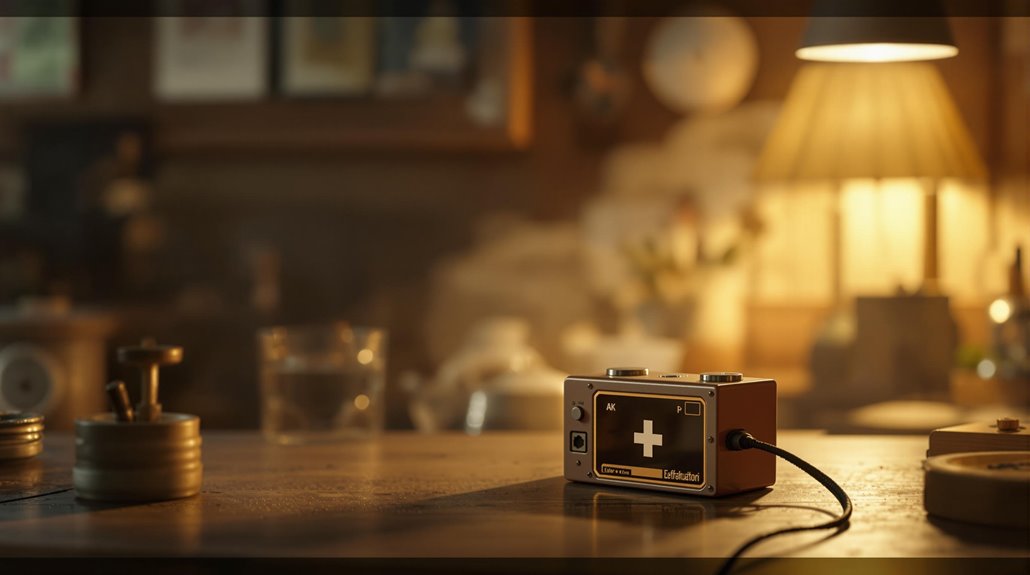
When Esther Takeuchi began her career at Greatbatch in the early 1980s, she faced a critical challenge in medical device technology. The implantable cardioverter defibrillators (ICDs) of that era were bulky, requiring abdominal implantation due to their large batteries that lasted only 1.5 years.
For patients, this meant frequent major surgeries to replace depleted power cells. Manual external defibrillators were the primary option before ICDs became widely available.
Drawing on her expertise in chemistry and medical engineering, Takeuchi spent a year revolutionizing battery design. Her breakthrough came with the development of the lithium/silver vanadium oxide (Li/SVO) battery, which utilized two metals in its cathodes for enhanced power. Her innovative design stacked alternating layers of anodes and cathodes to maximize surface area and energy output.
This innovation created a compact, long-lasting power source that could sustain an ICD for up to five years, marking a transformative moment in cardiac care technology.
Engineering Breakthroughs Behind the Battery
The engineering genius behind Takeuchi's Li/SVO battery lies in its innovative layered design, combining lithium anodes with silver vanadium oxide cathodes. This battery chemistry delivers an astounding 1 million times more power than traditional pacemaker batteries, while providing critical state-of-charge indicators for timely replacements.
The compact design stacks alternating layers side by side, maximizing the active material's surface area to generate high currents in a small package. Clinical studies demonstrate that these devices provide 90% more capacity than competing defibrillators.
You'll find this remarkable power source tucked beneath the collarbone, where it can deliver life-saving shocks of up to 900 volts. Since its first implantation in 1987, the battery has extended device longevity from 18 months to five years, making ICDs more practical and reliable. With roughly 10,000 monthly implants in the United States, this technology has become a cornerstone of cardiac care.
It's no wonder this technology now dominates the $5 billion U.S. market.
Transforming Patient Care and Recovery
Since revolutionizing defibrillator technology, modern lithium batteries have transformed patient care through extended longevity and enhanced safety features.
You'll experience fewer replacement surgeries with an EV ICD lasting up to 11.8 years compared to traditional devices, greatly reducing complications and recovery time.
Your recovery journey benefits from advanced monitoring systems that put you in control. The Battery Performance Alert and vibratory notifications empower you to actively participate in your care management. Regular battery health checks are performed during physician visits to ensure optimal device performance.
Through the Merlin@home transmitter, your device automatically sends data to your healthcare team, ensuring proactive maintenance.
Patient empowerment extends to daily life comfort, as newer ICDs are smaller and more ergonomic.
You'll appreciate features like dual-chamber pacing and enhanced detection algorithms that adapt to your specific needs while maintaining thorough diagnostic capabilities.
The groundbreaking development of the silver vanadium oxide battery by Esther Takeuchi has helped millions of cardiac patients live longer, healthier lives.
From Laboratory Success to Global Impact
Pioneering research in the mid-1980s led to a groundbreaking innovation: the lithium/silver vanadium oxide battery.
You'll find this technology has transformed from a laboratory breakthrough to a lifesaving global solution, with over 300,000 ICDs implanted worldwide each year.
Market trends show impressive growth, particularly in the Asia-Pacific region, with Integer Holdings (formerly Greatbatch Inc.) reporting €1.2 billion in sales by 2016.
The technology's global adoption is evident in the U.S. alone, where doctors implant 10,000 ICDs monthly.
The battery's impressive high energy density and reliability made lithium the ideal choice for the anode material.
Her remarkable contributions earned Takeuchi the prestigious National Medal of Technology from President Obama.
What's remarkable is how this battery innovation has continued to evolve through improved materials and cell design, while maintaining its position as the industry standard.
From extending battery life to five years to incorporating smart replacement indicators, you're witnessing a technology that's revolutionized cardiac care worldwide.
A Legacy of Scientific Achievement
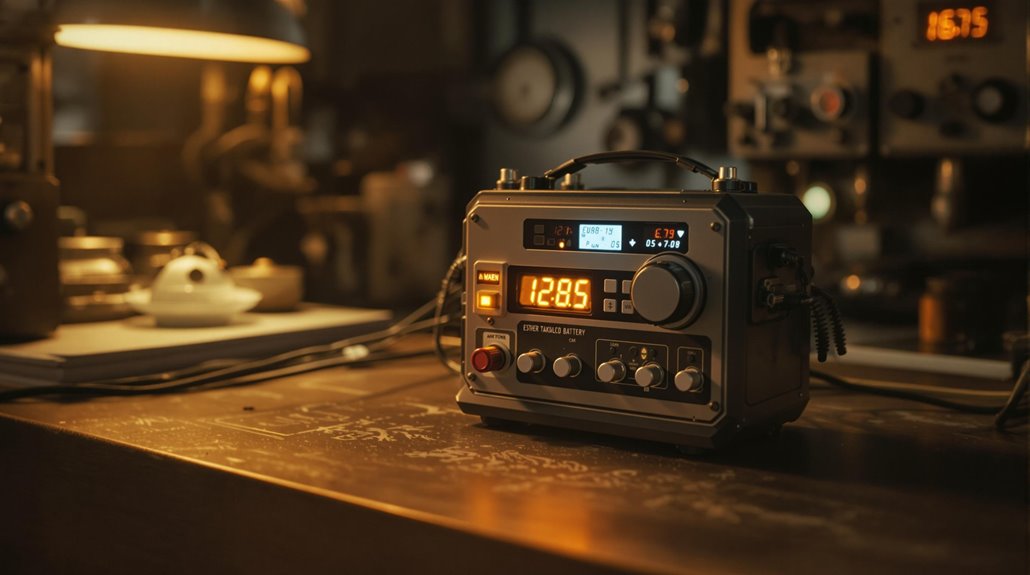
Marked by groundbreaking achievements in battery technology, this scientific legacy spans decades of innovation and recognition.
You'll find Takeuchi's impact reflected in her impressive collection of over 150 U.S. patents and prestigious honors, including the National Medal of Technology and Innovation and membership in the American Academy of Arts and Sciences.
Her scientific innovation continues to shape the future of energy storage.
Her invention of the lithium/silver vanadium oxide battery revolutionized implantable cardioverter defibrillators in the 1980s.
Today, she's leading a $12 million DOE grant to develop high-power batteries while co-founding initiatives at Stony Brook University.

